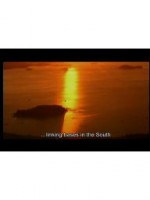130, Suyeonggangbyeon-daero,
Haeundae-gu, Busan, Republic of Korea,
48058
DATABASE
Koryu: Southern Women, South Korea (2000)
< Koryu >
This work shows us how women of three generations in the southern part of Korea inhabit their time, space and culture in a ‘koryu’ way as a temporary residence in an alien land.
It also looks into the ways pre-modern and modern women’s different modes of expression, through which they articulate themselves. For instance, the women of South Kyungsang-do(Kyungsang-Namdo) have the opportunity to compose and read funeral notes allowed in Korean only, since using the C...more
It also looks into the ways pre-modern and modern women’s different modes of expression, through which they articulate themselves. For instance, the women of South Kyungsang-do(Kyungsang-Namdo) have the opportunity to compose and read funeral notes allowed in Korean only, since using the C...more
| Genre | Documentary | Production Status | |
|---|---|---|---|
| Running Time | 75min | Release Date | - |
| Country | South Korea | Rating | |
| Language | Co-Production | N | |
| Original |
-
Number of Screens : 1
-
Total Admissions : 28
-
Total Gross : $133
As of Nov 17, 2025
-
Mirovision Inc. | sales@mirovision.com
- Republication, copying or redistribution by any means is prohibited without the prior permission of KOFIC and the original news source.









